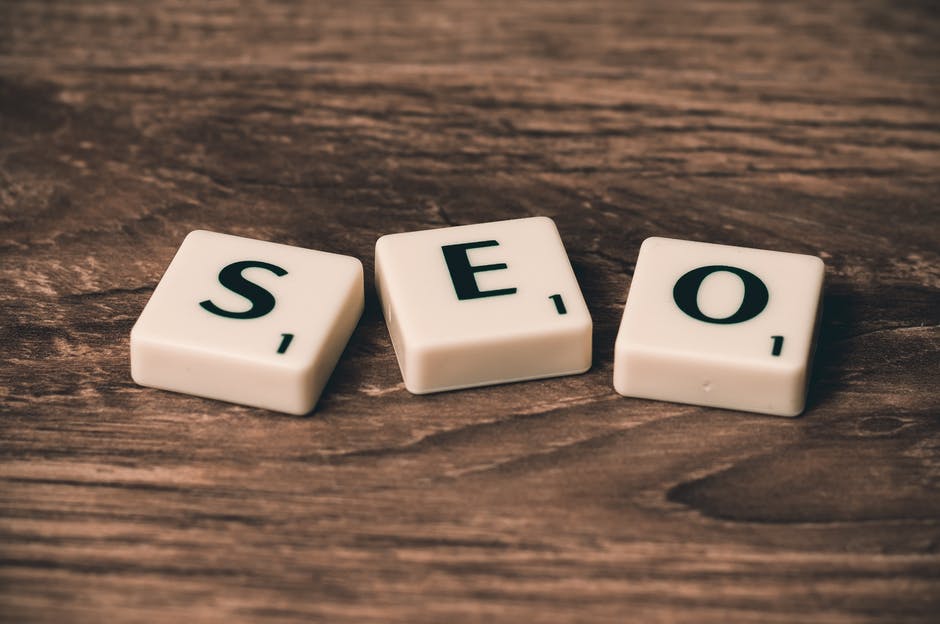Let’s face it. You can generate all the traffic in the world to your website, but it’s all for naught if you don’t have an effective conversion strategy. It’s like playing a game of catch and release — you are able to reel the customers in, but you just can’t keep them hooked long enough to make the sale.
What if there was an easier way to retain potential customers and get them to convert to actual customers?
That’s where full-funnel advertising comes into play. By reaching potential customers at every buyer journey stage, your brand can establish a stronger connection, build trust, and, ultimately, drive more conversions.
In this post, we’ll dive into the power of full-funnel advertising and explore some strategies for how to make it work for your business.
What is Full Funnel Advertising, and How Does It Work?
Full-funnel advertising, as the name suggests, is a holistic approach to advertising that considers every stage of the customer journey.
Traditional advertising has always focused on generating leads and directing them toward the sales funnel’s bottom. Today’s advertisers have realized the potential of leveraging all stages in the customer journey.
At its core, full-funnel advertising is about creating a cohesive experience for your target audience at every customer journey stage. With the evolution of digital marketing, businesses now have more tools than ever to reach their audience more effectively and at every touchpoint.
After all, achieving optimal conversion rates is only possible when marketers create and implement a comprehensive and actionable advertising strategy that addresses prospective customers’ unique needs and preferences at the various stages of the sales funnel.
Defining Your Sales Funnel To Maximize Conversion Rates
The first step towards creating a full-funnel advertising strategy that will drive conversions is understanding your sales funnel’s various stages. The three critical stages of the sales funnel are generally recognized as awareness, consideration, and decision.
Awareness is when potential customers first become aware of your company or brand. They may not necessarily be interested in buying, but they are aware of your product or service.
Consideration is when the potential customer becomes more interested in your product or service, researching to see if what you offer meets their needs.
Finally, as you might already expect, the decision is when the potential customer decides to buy your product or service.
Take the time to define each stage of the sales funnel for your unique business. What does a customer at the awareness stage look like? What are they doing? How do they move forward and become a paying customer?
Leverage the Power of Social Media to Reach Your Audience
Social media can be an incredibly powerful tool that marketers can use in their quest for conversions. With its vast user base and sophisticated targeting tools, social media is an excellent place to build awareness among potential customers.
To create effective social media ads, marketers must first consider their target audience and their problems. Again, having an acute understanding of customers at every part of the funnel is important since social media success begins with deeply understanding your prospects and their needs.
Creating Quality Ads & Landing Pages that Convert with Limited Media Spend
Another powerful strategy for increasing conversion is to create engaging content that converts prospects into customers. Creating top-notch content will help you achieve successful full-funnel advertising, even with limited media spend. The content should be both compelling and relevant to the prospect’s needs.
You will also want to create a landing page tailored to the prospect’s specific needs, providing a helpful solution to their most pressing problems. The landing page must be visually appealing, with a clear call-to-action, and align with the prospect’s interests.
Utilize SEO Tactics to Increase Visibility and Turn Clicks into Conversions
SEO, or search engine optimization, is the process of optimizing your website’s content and structure to improve your search engine rankings and drive more organic traffic to your website.
To achieve this, you need to focus on making sure your website adheres to the latest SEO best practices. This includes creating quality content with the right keywords, improving website page speed, and utilizing high-quality backlinks.
Strategies for Nurturing Prospects Throughout the Buyer Journey
As marketers, we often focus primarily on getting leads and getting their attention. But you also need to understand how customers will move through the funnel once you’ve managed to hook them.
Target your advertising efforts according to each phase of the funnel. Start by creating a marketing funnel map, which will help you to understand where each prospect is in the purchasing process.
For example, prospects in the awareness stage need to be educated on your brand and product/service, while those in the consideration stage require more personalized and targeted messaging.
Leveraging Experiments & A/B Testing to Optimize Results
Experiments and A/B testing can help you optimize your full funnel advertising efforts and make sure they’re doing exactly what they’re intended to do.
These methods allow you to test different advertising messages, imagery, and CTAs to determine what resonates best with your audience. This will help you make data-driven decisions, leading to better results over time.
When conducting these experiments, remember to change only one variable at a time to ensure that you can accurately determine what element of the ad impacts conversion rates (otherwise, it’s easy for all that data to get muddled).
Analyzing Campaign Performance & Adjusting as Needed
Monitor your results on a regular basis and identify which ads are generating the most conversions. Use this information to make adjustments to your advertising strategy, targeting, and messaging to optimize performance.
Remember to track your conversion rate at each stage of the funnel, so you can identify where drop-offs occur. This information can help you make necessary adjustments to move prospects further along the funnel.
Key Takeaways
Full funnel advertising is a powerful tool for driving conversions, but it’s not a one-size-fits-all solution. Each brand’s funnel is different and requires a different approach for the most effective conversion.
In general, though, you should start with these key strategies — and you’ll start to see some success. Remember, with the right strategy and approach, full-funnel advertising can be the key to unlocking your brand’s full potential and making a lasting impact.












